If you're one of those adventurers who love challenges and proving to yourself that you can cover long distances, Choquequirao - Machu Picchu is the ideal route for you. This route requires being in good physical condition, but those who undertake this journey will undoubtedly leave with memories that last a lifetime. It's one of those routes that you have to do at least once in your life. This spectacular trek allows us to admire archaeological sites in a marvelous area, known for its geography, viewpoints, and vistas.
You will be able to visit the not-so-well-known citadel of Choquequirao and the famous citadel of Machu Picchu, crossing valleys, mountains, the eyebrow of the jungle, snowy peaks, and deep rivers. You'll experience drastic changes in climate and altitude, from passes at 4700 meters above sea level to altitudes of 1600 meters above sea level.
This journey allows you to witness the landscape of the Andes, with its glacier-covered and snow-capped mountains, to the lush landscapes of tropical vegetation that make up the eyebrow of the jungle, featuring tropical trees laden with mangoes, coffee, avocados, oranges, lemons, and more.

The thrilling trek to Choquequirao begins early in the morning from Cusco, heading to Cachora and then to the mountain pass of Capuliyoc. Along the journey, you'll encounter muleteers, horses, and mules to accompany you towards Choquequirao, with breathtaking views of the Padreyoc Snowy Peak. The hike starts with a short stretch towards the Capuliyoc pass, where you can enjoy panoramic views of the Apurimac River canyon. During the four-hour descent to Chiquisca, you might spot condors and, weather permitting, catch a distant glimpse of the Choquequirao archaeological site. The camp is set up for the night in Chiquisca.
Overnight camping in Chiquisca.
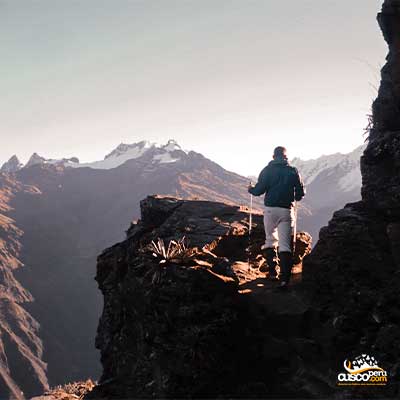


Starting from Chiquisca, we begin the hike to Choquequirao at 6:00 a.m. After 30 minutes, we reach Playa Rosalina and cross the Apurimac River. Then, we ascend for 2 hours to Santa Rosa for a rest. We continue for another 2.5 hours to Marampata, where we have lunch with views of Choquequirao. After an additional 2 hours of walking, we reach our camping area, just 20 minutes from the archaeological site, at an altitude of 3103 meters above sea level.
Overnight camping.
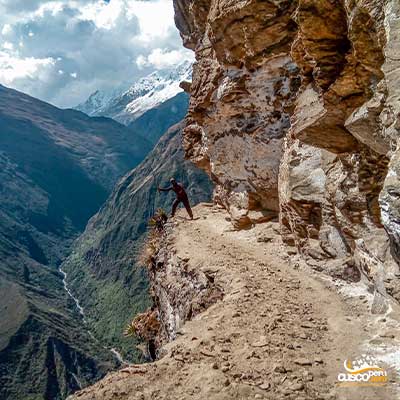


In the morning, we explore Choquequirao, the "Sister Citadel of Machu Picchu," with a guide revealing its history and secrets. Built in the 15th century in the Apurimac River canyon, this Inca citadel showcases Inca wisdom in its administrative and religious functions. We discover 30% of its restored ruins, with the promise of becoming a site as fascinating as Machu Picchu. We explore hydraulic systems, the Grand Complex, the Main Plaza, and religious areas, followed by a hike back to Marampata and through the Apurimac canyon. The 6-hour journey concludes with our camp in Chiquisca, at 1930 meters above sea level.
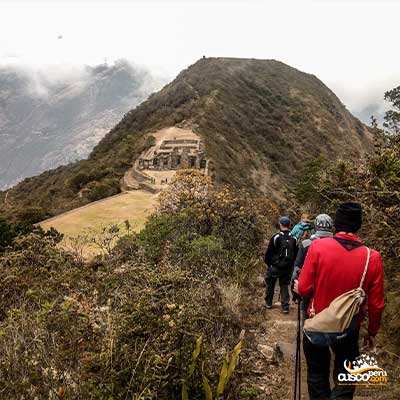
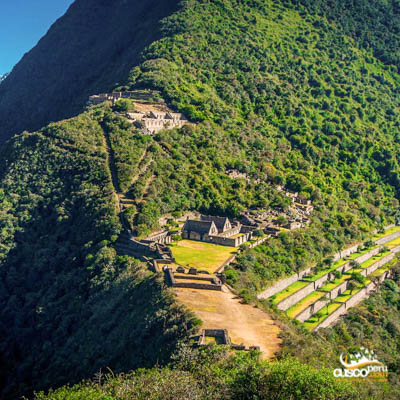

We leave the camp after breakfast to start the ascent, which will take about 3 to 4 hours until we reach Abra San Juan (4130 masl / 13,549 feet), where we will enjoy breathtaking views of the Yanama Valley. After this, we will descend for approximately 2 hours to the Yanama Valley, where we will have our lunch and take a well-deserved rest.
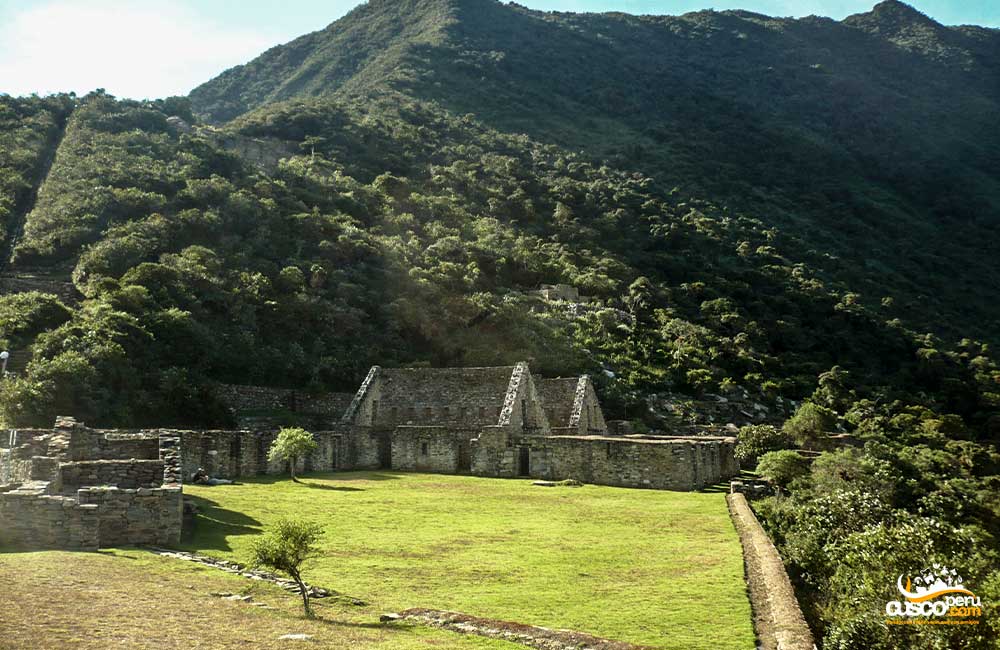
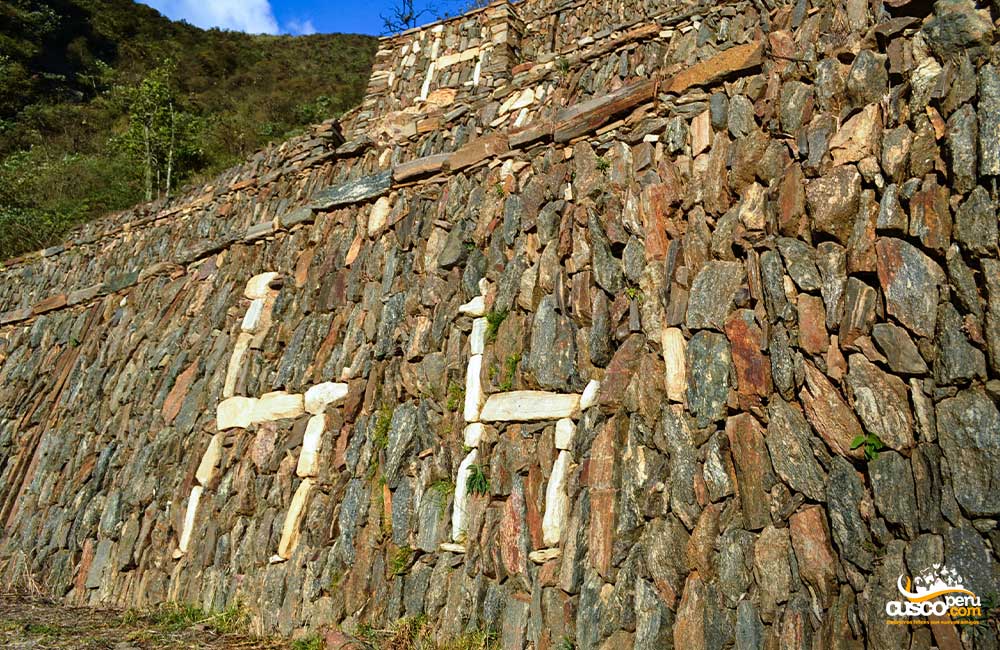

The journey begins at 8 a.m. After breakfast, there is a 3 to 4-hour hike to a pass at 4700 masl, from where you can appreciate the Horno Pampa Valley. Then, descend for 2 hours to the Horno Pampa hamlet for lunch. After lunch, there is another 3 to 4-hour hike to Collpapampa, located at 2800 masl, where you will spend the night.
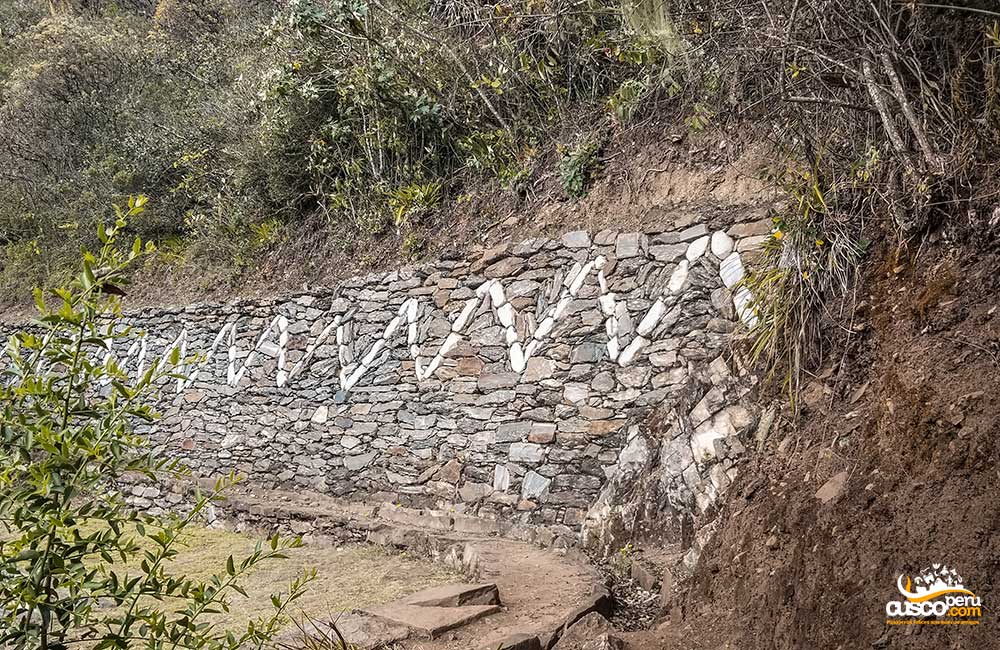
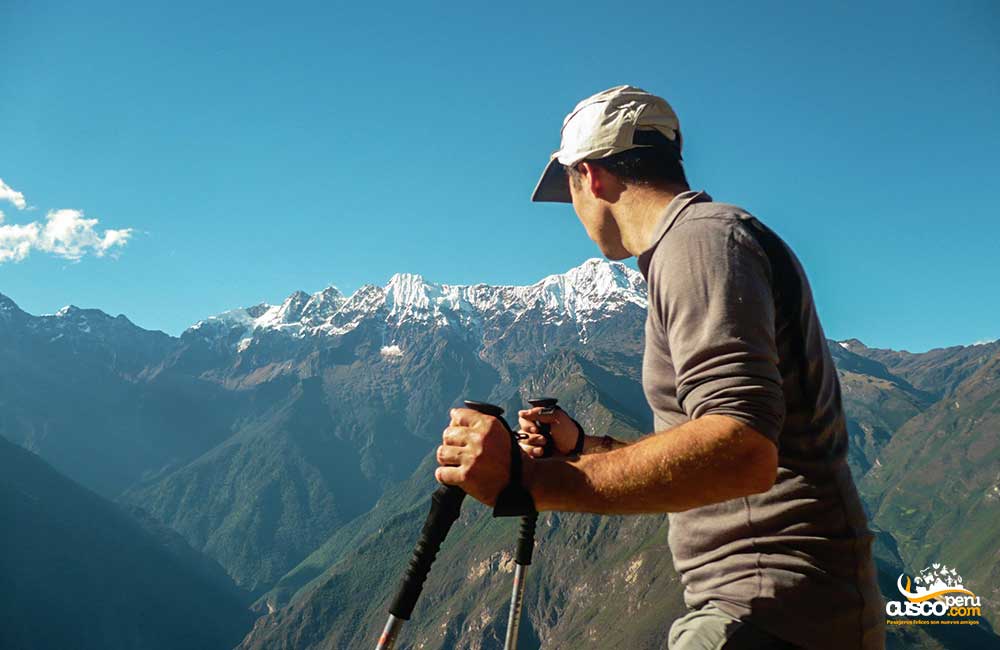

At 7 a.m., we embark on a 6-hour hike through the eyebrow of the jungle, reaching Playa for lunch. Along the way, we observe endemic birds and fruit trees. Later, in an hour of transportation, we arrive in Santa Teresa, where we leave our belongings and enjoy the Cocalmayo hot springs. We return relaxed to the camp for dinner and overnight stay.

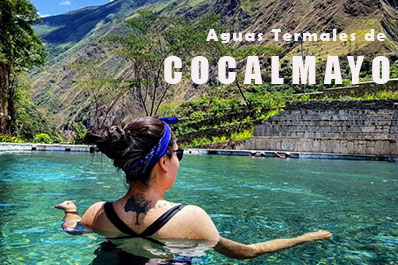

We wake up at 7 a.m., have breakfast, and head on a 20-minute journey to the hydroelectric train station. We begin a pleasant hike of approximately 3 hours through the rainforest to Aguas Calientes, where we can appreciate tropical birds and a part of the marvel of Machu Picchu. Aguas Calientes welcomes us as a cozy town.



Early in the morning, the guide picks up visitors from their hotels to head to the bus station towards the Archaeological Sanctuary of Machu Picchu. The bus journey takes approximately 25 minutes. In Machu Picchu, a 2 to 3-hour tour is conducted through the main circuit, exploring plazas, temples, pathways, and more. Afterward, we return to Aguas Calientes for lunch and take the train back to Ollantaytambo. From there, transportation awaits to take visitors back to their hotels in Cusco.
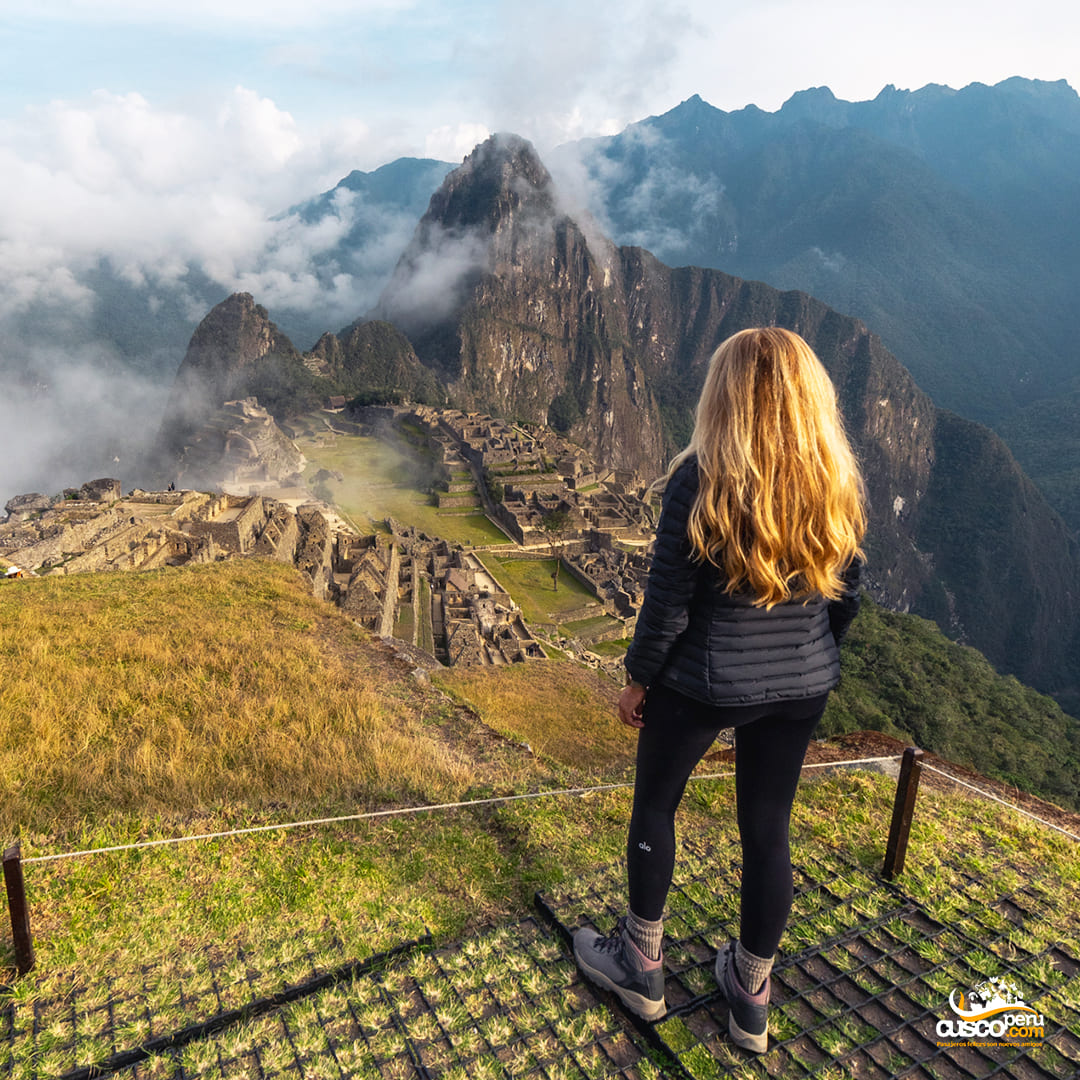

DISTANCES AND ALTITUDES:
INCLUDES:
NOT INCLUDED:
Our exciting Choquequirao Trek begins early in the morning, departing from Cusco between 4:00 and 4:30 a.m. in our tourist transport to Cachora, where we'll make a stop to stock up on any items we may have forgotten to buy in Cusco, and stretch our legs. From this point, we continue on our road transport to Capuliyoc, where we meet our muleteers and horses and mules that will accompany us on the journey to Choquequirao. In this environment of mountains and snow-capped peaks, the view of Nevado Padreyoc will captivate us, a symbol of majesty in the Andes.
The hike begins with a short 20-minute journey to the Capuliyoc pass (2912 masl / 9553 ft), where we enjoy panoramic views of the Apurímac River canyon and the surrounding mountain landscapes. At this point, it is possible to see the flight of the condor that usually soars through this canyon, the third deepest in the world, and if the weather allows, it is possible to see the Choquequirao archaeological site in the distance.
We continue descending for another four hours until Chiquisca, our campsite where we will spend the night.
Hiking Time for the day: Approximately 4 hours.
Climate: Warm with mosquitoes.
Night at Chiquisca Camp.
After a delicious breakfast in Chiquisca, we start our hike around 6:00 a.m. towards Playa Rosalina, a short 30-minute journey. Crossing the Apurímac River, we face the steep ascent to Santa Rosa, which takes about 2 hours. Starting early is key to avoiding intense heat and making the hike more manageable.
Once in Santa Rosa, we take a 30-minute break before continuing our ascent to Marampata, a two-and-a-half-hour journey. In Marampata, located at 2850 meters above sea level, we stop for lunch and enjoy spectacular views of Choquequirao, known as the sister of Machu Picchu and located at 3103 masl. We will walk about 2 more hours to our camping area designated by the Peruvian state, which is only 20 minutes from the Choquequirao Archaeological Center.
Hiking Time for the day:Approximately 7 hours.
Climate: Warm and cold at night.
Night at the camp.
In the morning, we embark on a guided tour of the impressive Choquequirao Archaeological Center, known as the "sister citadel of Machu Picchu." Located in the canyon of the Apurímac River and built in the 15th century, Choquequirao is a testament to Inca wisdom beyond its administrative and religious function.
Our professional guide will delve into the history and secrets of this ancient Inca citadel, where only 30% of its ruins are currently discovered and restored, with the promise of becoming as fascinating as Machu Picchu in the years to come.
We will explore its advanced hydraulic systems, the Main Complex, the Main Plaza, religious and elite areas, and extensive agricultural terraces. After visiting this enigmatic place, we continue our journey to our next camp called Maizal.
We leave the camp after breakfast to begin the approximate ascent of 3 to 4 hours to Abra San Juan (4130 masl / 13,549 ft), where we will have stunning views of the Yanama Valley.
From this point, we descend for about 2 hours to the Yanama Valley, where we will have our lunch and a well-deserved rest.
Our journey starts early at 8 a.m. After breakfast, we head to the pass in a 3 to 4-hour hike to the pass located at 4700 masl, from where you can see the Horno Pampa valley. We will walk for about 2 more hours downhill to a hamlet called Horno Pampa, where we will have our lunch.
After our lunch, we will walk for another 3 to 4 hours to Collpapampa, which is located at 2800 masl where we will spend the night.
We start our day very early, after breakfast, we head through a trail that will take us through the eyebrow of the jungle, in a 6-hour walk to Playa, a small hamlet where we will have our lunch. During this journey, you can appreciate different endemic birds of the area, as well as a large number of parrots. In this geographical area, it is possible to see fruit trees such as mango, avocado, pineapple, coffee plantations, reaching an altitude of 2000 masl. During the journey, we will try fruits such as granadilla, avocado, and fruit ice cream. The temperature is 26 to 28 °C (degrees Celsius).
After our lunch, we head to Santa Teresa in our transport in a 1-hour journey. Upon arriving at our camp, we will leave our belongings, taking only what is necessary for our relaxing bath in the Cocalmayo hot springs, where we will enjoy its warm thermal medicinal waters for a long time. We will return relaxed to enjoy our dinner prepared by our chef.
We start our day around 7 am, have our breakfast, and our transport in a 20-minute journey takes us to the Hidroeléctrica train station, where we will begin our hike through the tropical jungle towards Aguas Calientes, for about a 3-hour walk. On this route, you can see tropical birds such as parrots, clockbirds, rooster of the rocks, oropendolas, and part of the wonder of Machu Picchu, making this route a very pleasant walk. Arriving in Aguas Calientes, a very welcoming and receptive town.
Early in the morning, our guide will pick you up from your hotel to take you to the bus station and board the Machu Picchu Archaeological Sanctuary. The bus journey takes about 25 minutes. Upon arriving at Machu Picchu, we will tour the main circuit (Circuit 2) and have the classic photo of the citadel. Our guide will start the tour to help you better understand the history in perfect harmony with nature and wisdom. We will walk through the agricultural and urban area composed of squares, temples, roads, stairways, terraces, aqueducts, etc., and the architecture of the Inca Citadel, in a tour of approximately 2 to 3 hours.
As we ascend to the top, we will see the mountains surrounding Machu Picchu and the Urubamba River leading to the mountainous jungle. After finishing the tour, we return to the town of Aguas Calientes to have lunch and then board the train back to the train station in Ollantaytambo, where our transport will be waiting to pick you up and transfer you to your hotel in Cusco.
IMPORTANT:


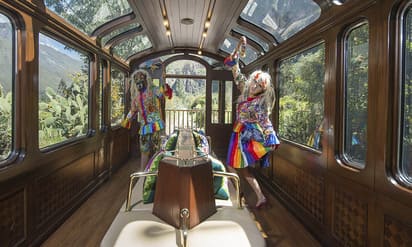
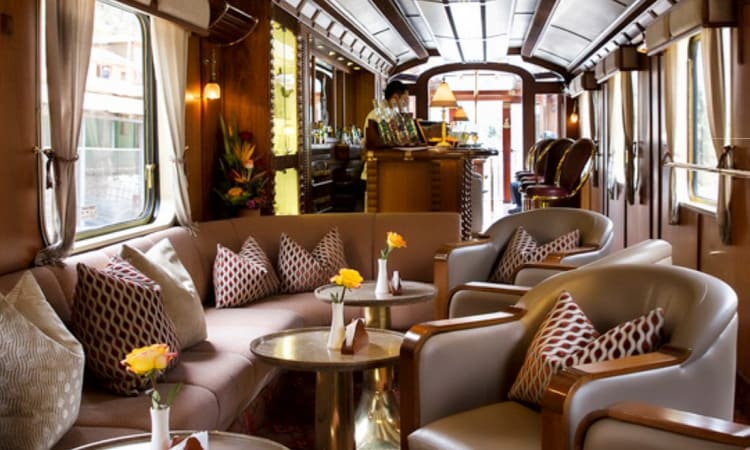
To start your reservation process please send us the following information:

As condições climáticas variam dependendo das cidades e da estação do ano em que você decide fazer sua viagem, a altura, a água, a troca de moeda, a voltagem elétrica e muitos outros dados a serem preparados. Esta informação irá ajudá-lo a organizar a sua viagem e aproveitar a sua estadia sem preocupações.
Pela geografia de Perú o clima é variado pelo que lhe recomendamos consultar especificamente sobre a situação climática dos lugares que vai visitar e as datas que vai realizar a viagem.
A hora peruana é GMT-5 horas e é a mesma que a hora normal da zona Este dos Estados Unidos de América.
Os cidadãos da maior parte dos países de América e Europa Ocidental não requerem de visa para visitar o Peru.
Se você é de outro pais lhe recomendamos aproximar-se ao consulado peruano em seu Pais para obter mais Informação.
A moeda oficial de Peru é o “Sol” (S/.) Dividido em 100 cêntimos. Circula em moedas de 0.10, 0.20 e 0.50 cêntimos; e de 1, 2 e 5 Soles. E em bilhetes temos de 10, 20, 50, 100 e 200 Soles.
A voltagem elétrica é de 220 volts, tem uma frequência de 60 hertz e as tomadas elétricas geralmente utilizados são de tipo A, B e C.
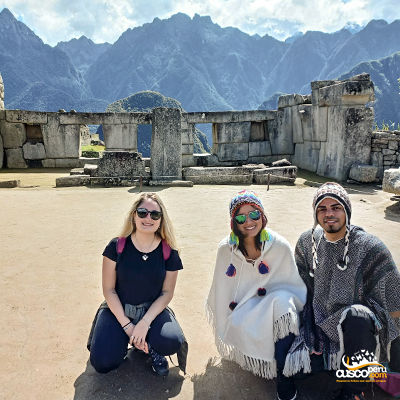


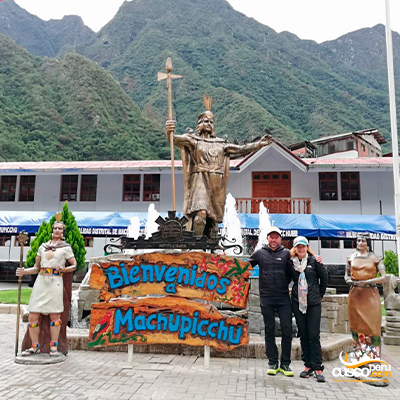
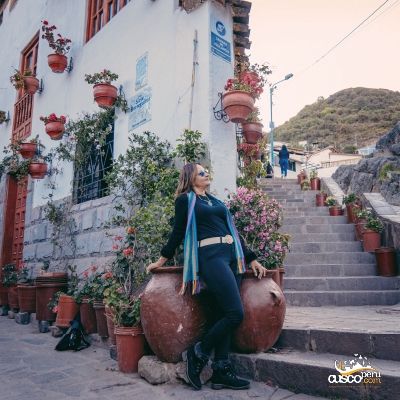
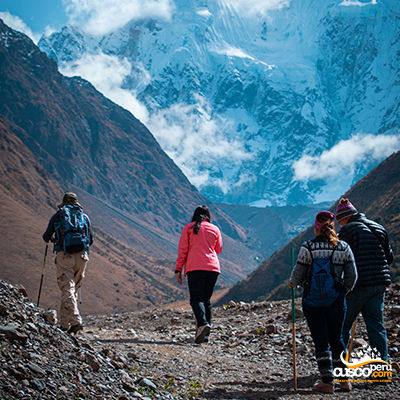


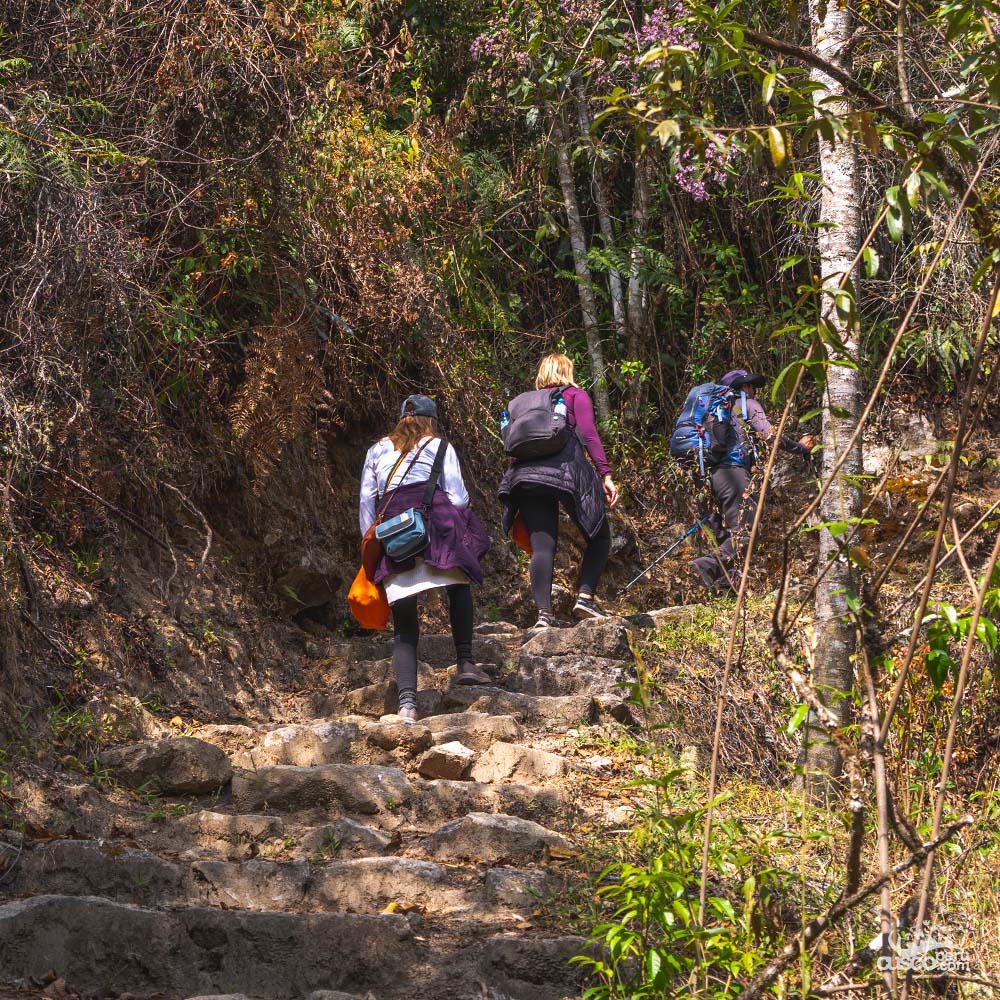
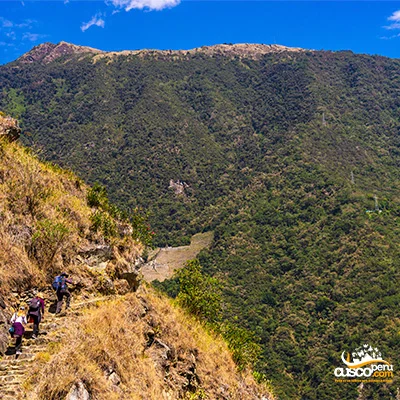
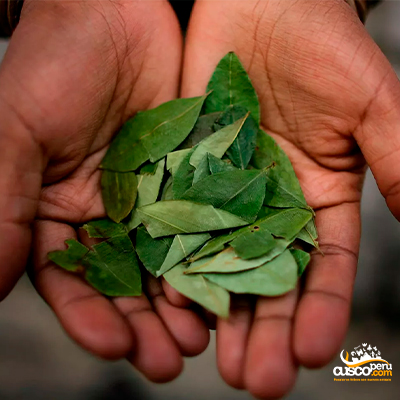
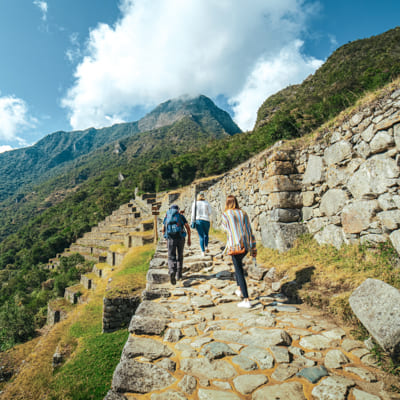




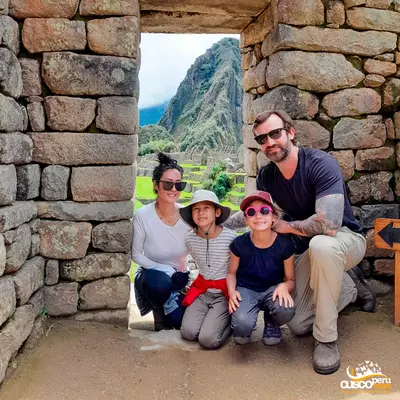
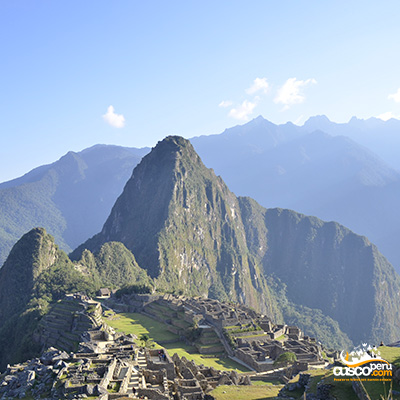




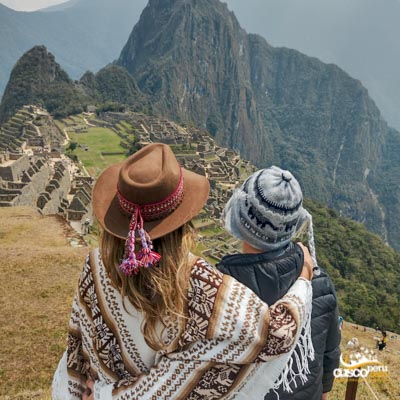


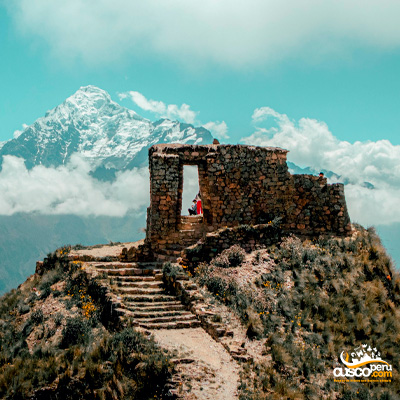

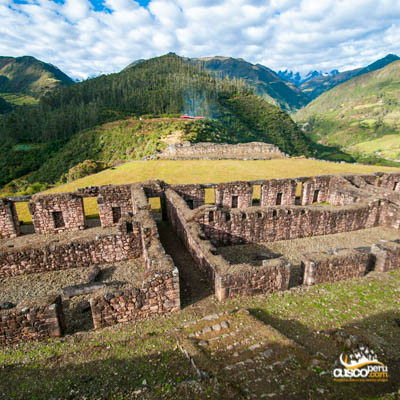
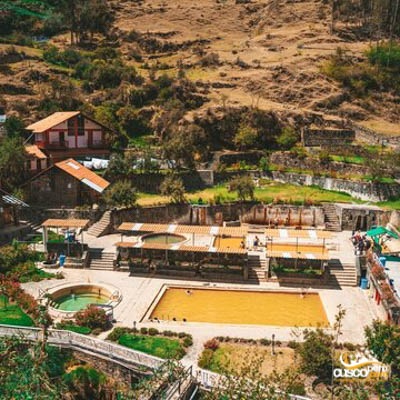

Happy passengers